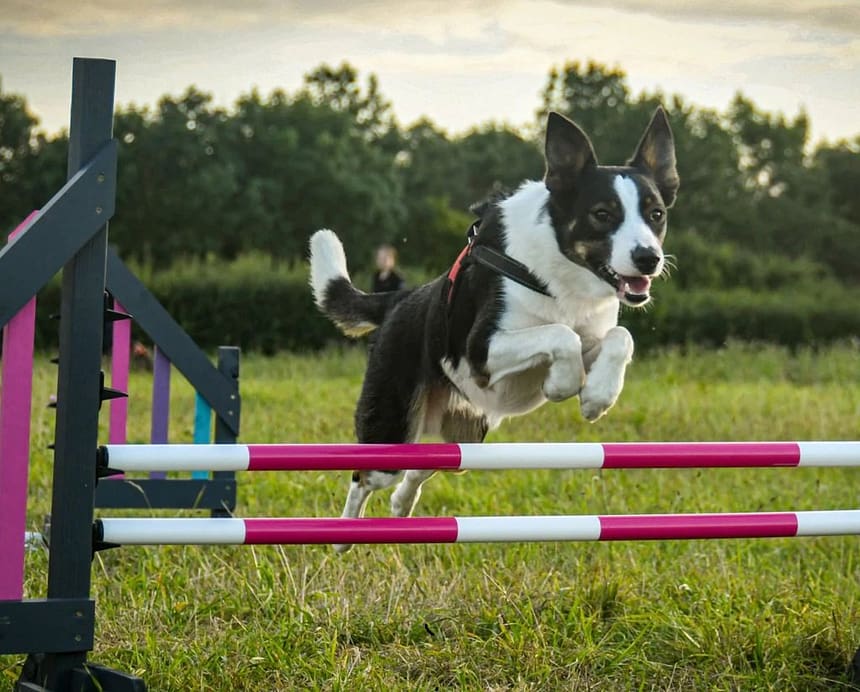Getting Started with Agility Training for Dogs
Agility training is an exhilarating activity for dogs that not only provides physical exercise but also strengthens the bond between you and your furry friend. However, before you dive into agility training, it’s essential to lay a strong foundation.
Choosing the Right Dog Breed
Agility training can be enjoyed by dogs of all breeds and sizes. However, some breeds are known to excel in agility due to their natural athleticism, agility, and intelligence. Breeds like Border Collies, Australian Shepherds, and Shetland Sheepdogs are often top performers in agility competitions. That said, mixed-breed dogs can also thrive in agility training, so don’t feel limited by breed alone.
Basic Training Prerequisites
Before your dog can conquer agility obstacles, they should have a solid foundation in basic obedience commands such as sit, stay, come, and heel. These fundamental commands form the basis for agility training, as they ensure your dog can follow your instructions and navigate the course safely.
Safety Considerations
Safety should always be a top priority when engaging in agility training with your dog. Here are some essential safety considerations:
- Veterinary Checkup: Before starting agility training, schedule a visit to your veterinarian to ensure your dog is in good health and physically fit for the activity.
- Proper Nutrition: Maintain a well-balanced diet to support your dog’s overall health and energy levels during training.
- Warm-Up and Cool-Down: Just like athletes, dogs need warm-up exercises before training and cool-down routines afterward to prevent injuries.
- Age-Appropriate Training: Avoid rigorous training for puppies under one year old, as their growing bodies are more susceptible to injuries.
- Puppy Proofing: If you’re training a young dog, ensure that the training area is free from hazards that could cause harm.
- Safety Gear: Depending on the agility obstacles, your dog may need protective gear such as paw boots or a harness for added safety.
Now that you have an understanding of the initial steps, you can confidently prepare to embark on your agility training journey. In the following sections, we’ll delve deeper into the essential equipment required for agility training and provide guidance on creating a safe and engaging practice environment for you and your dog.







